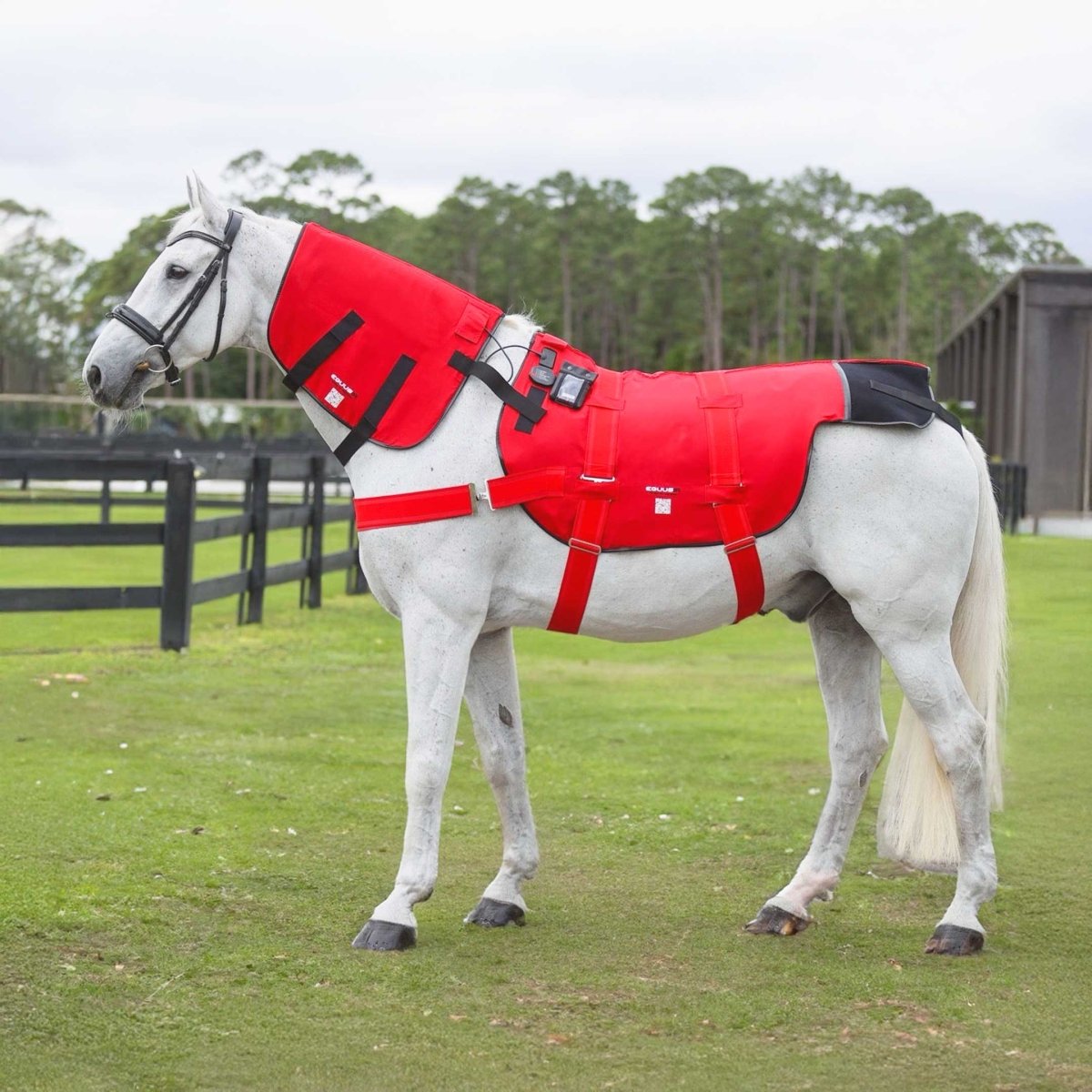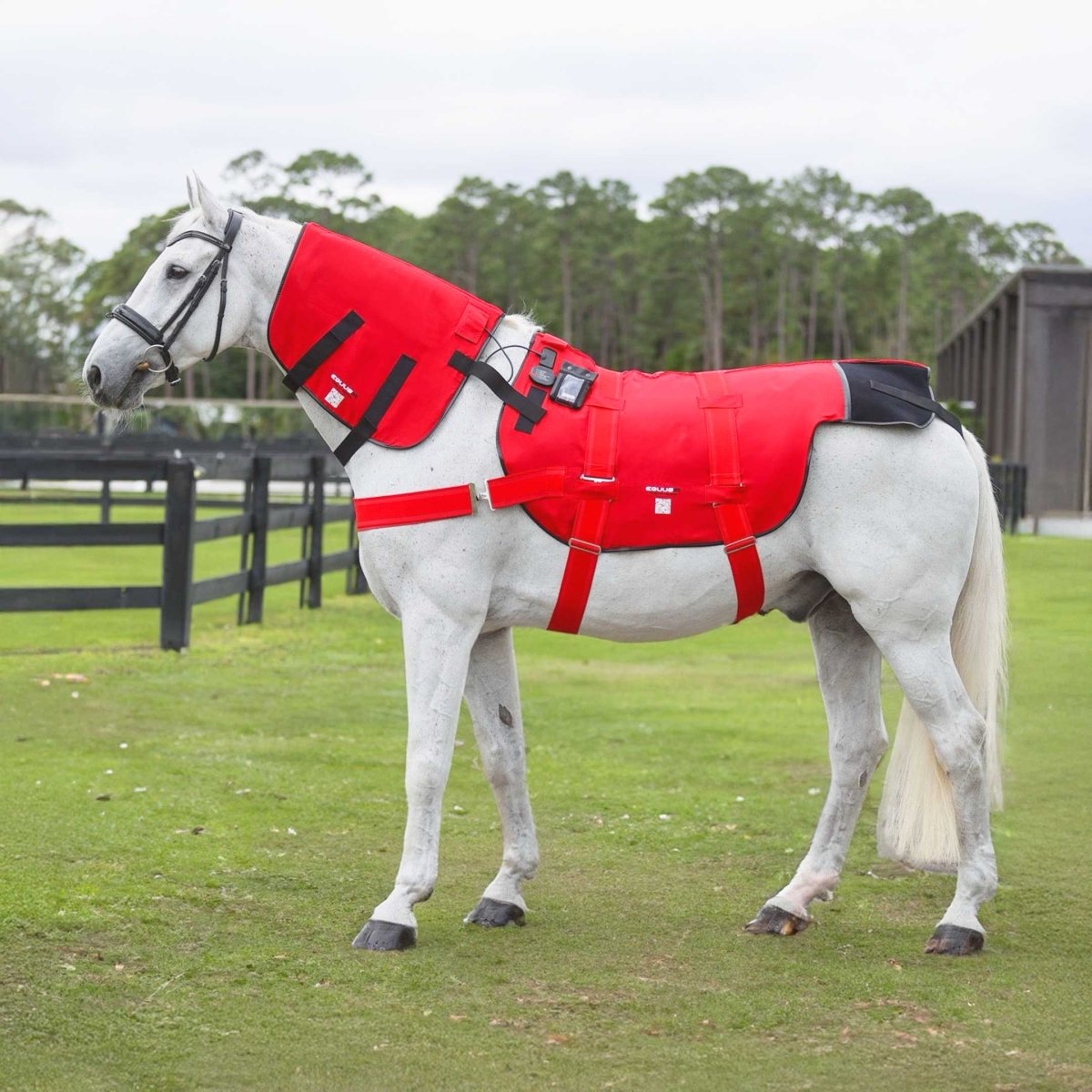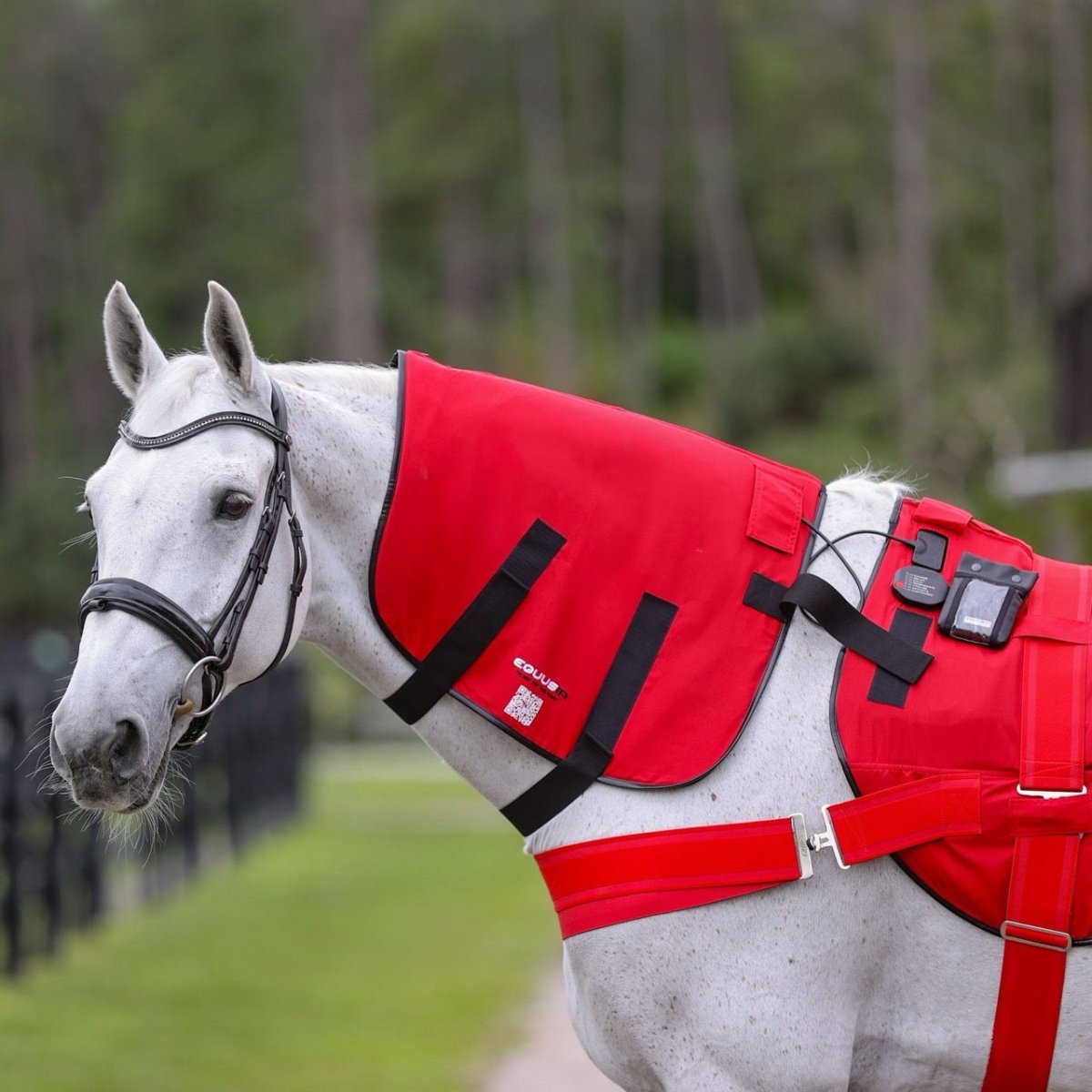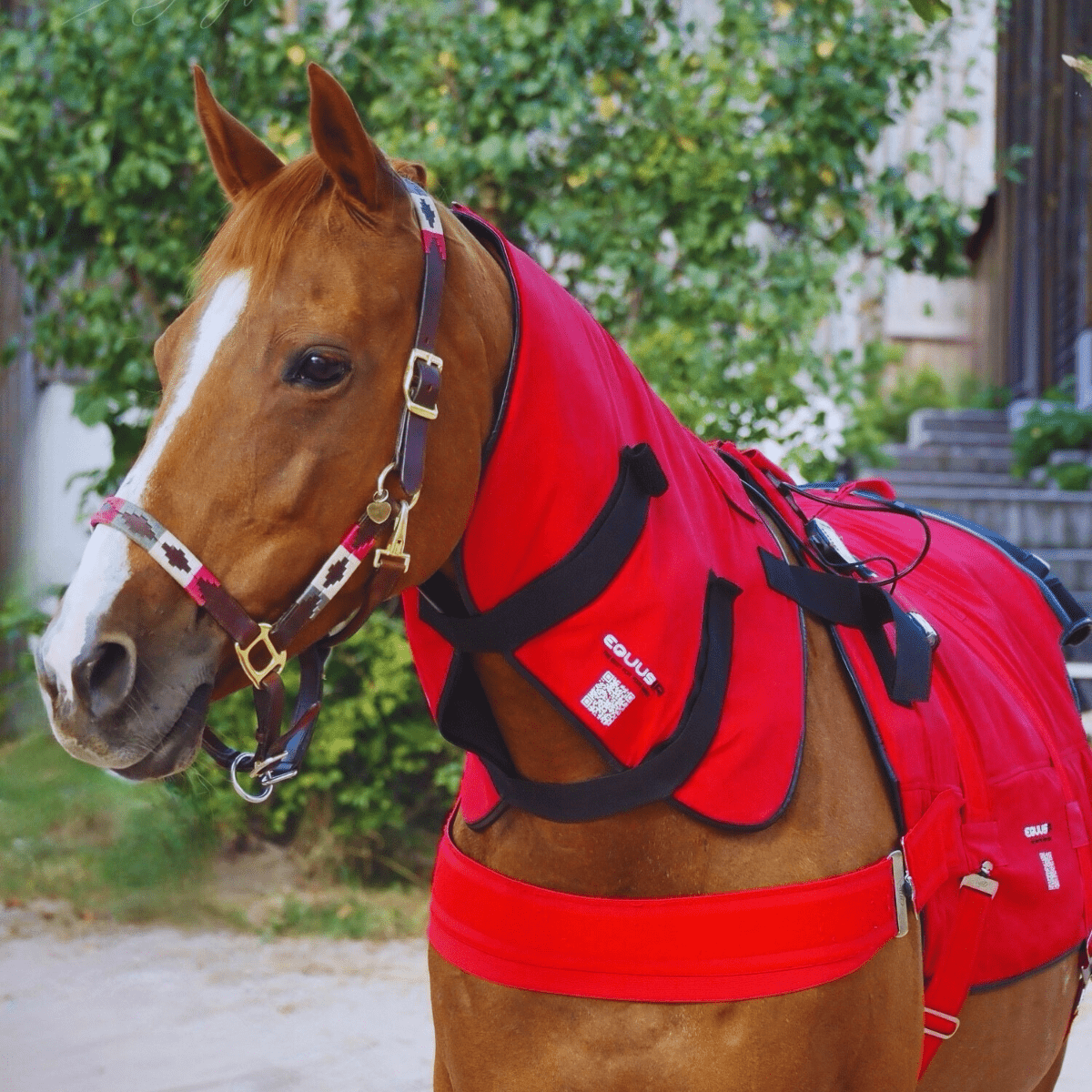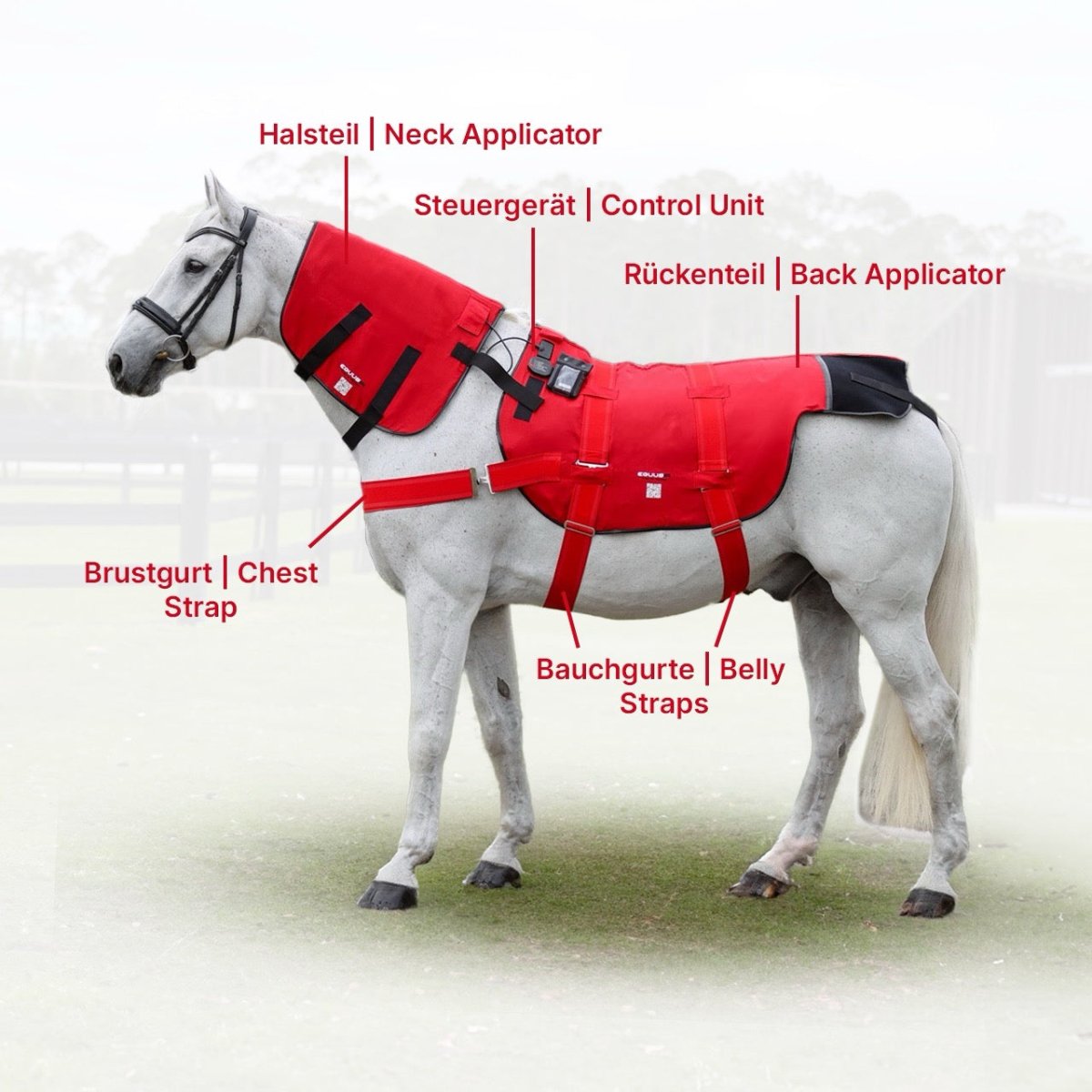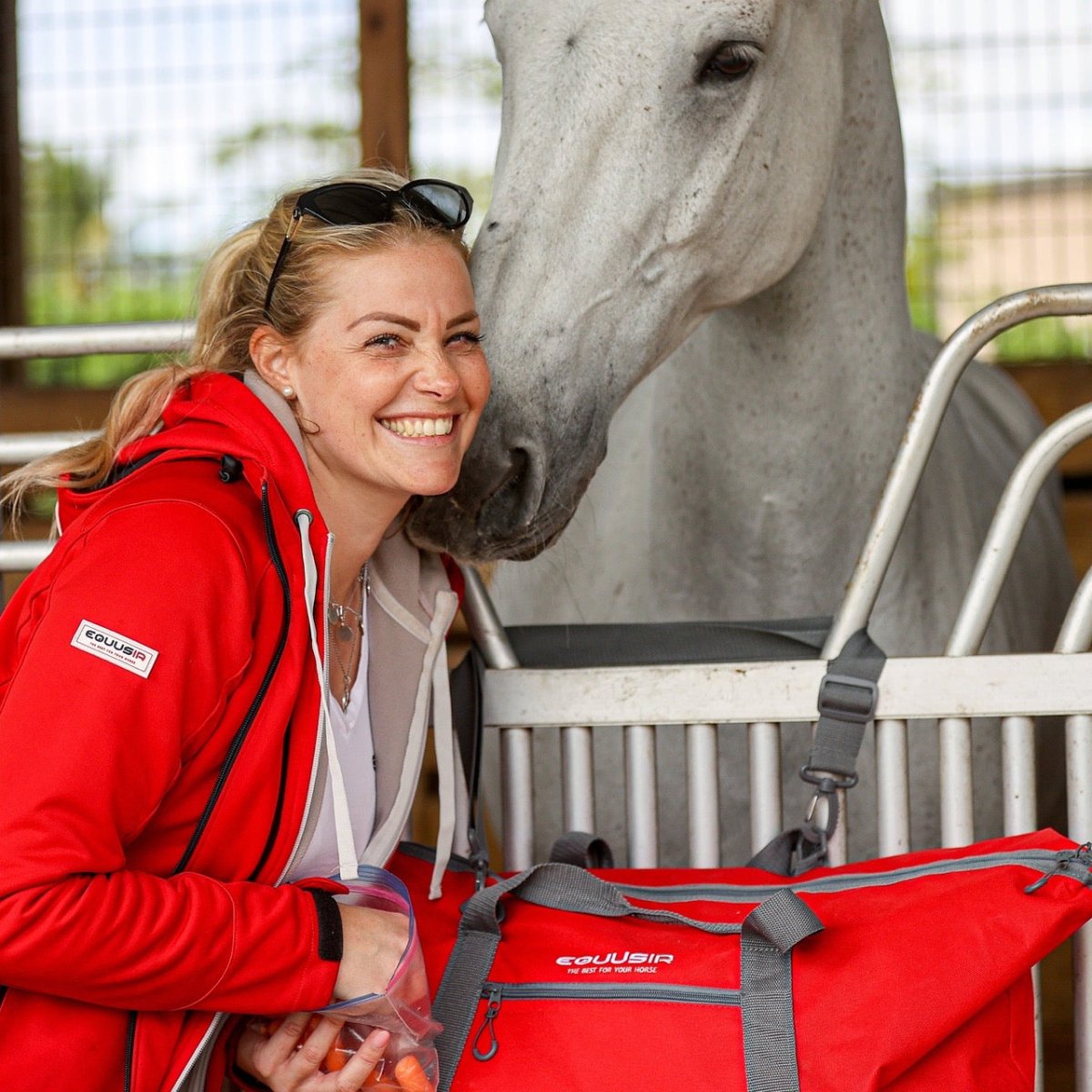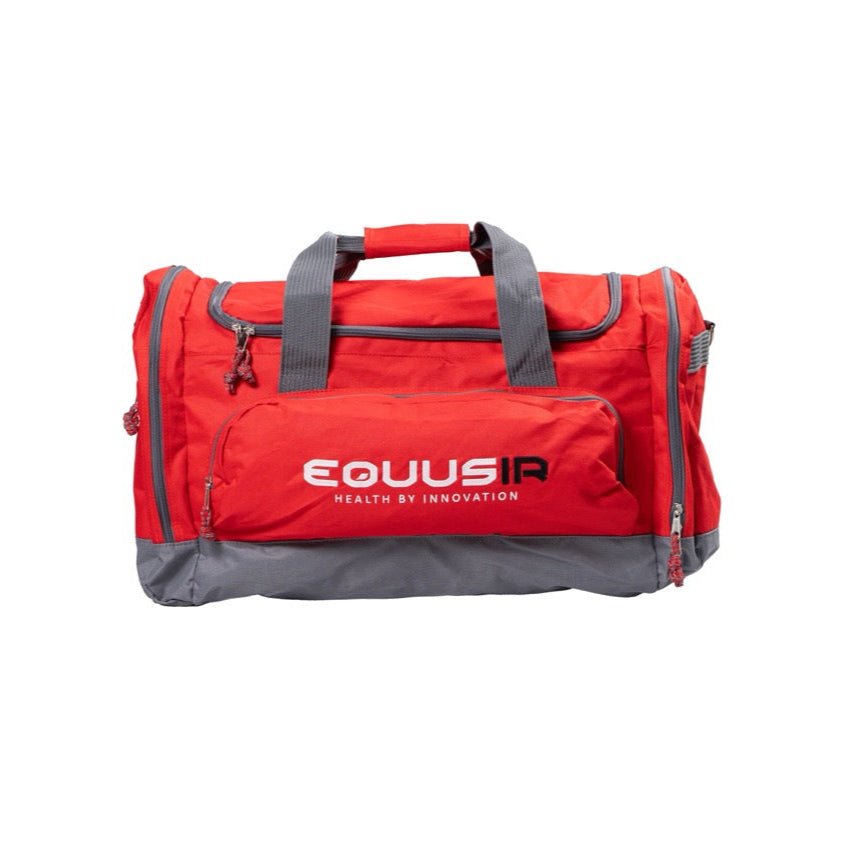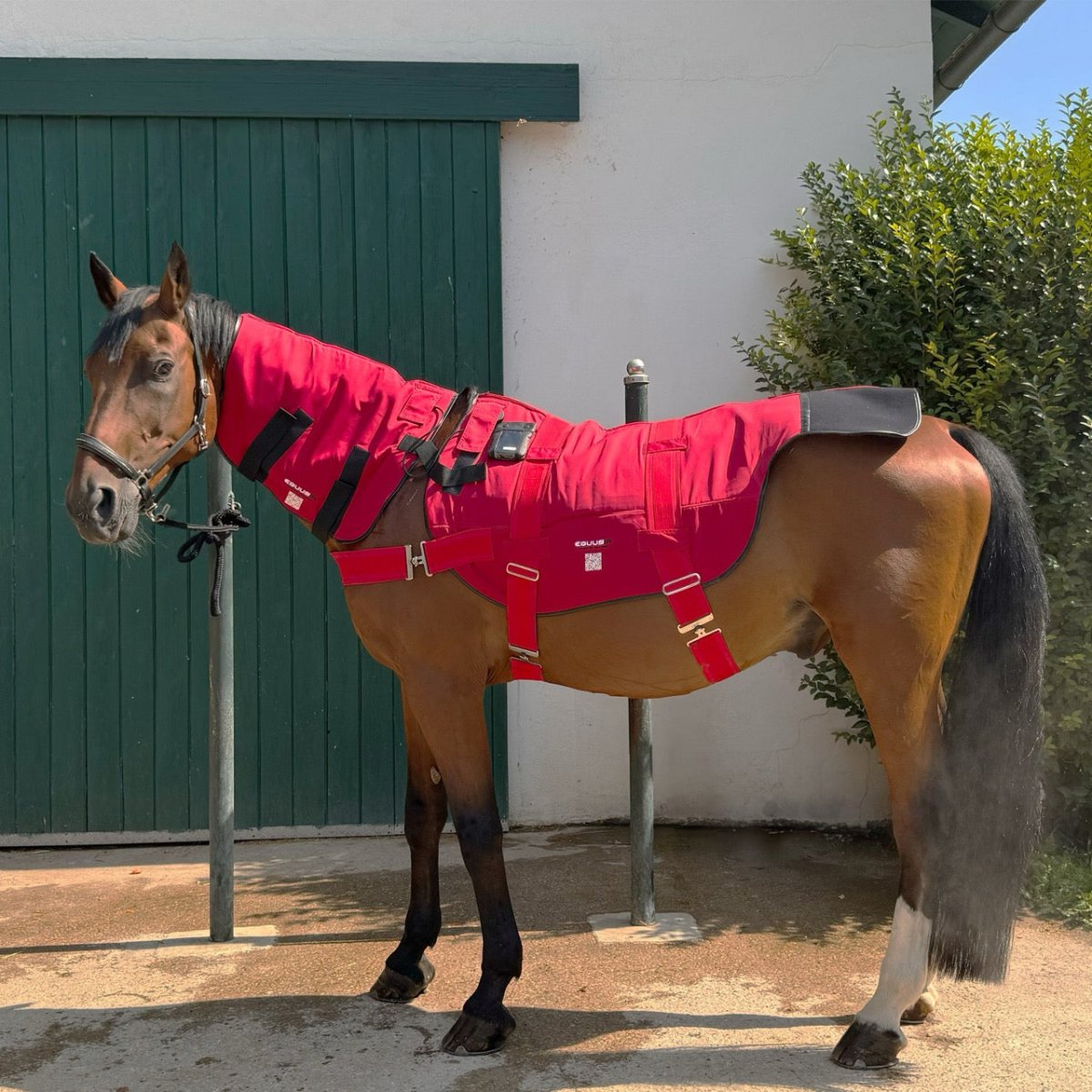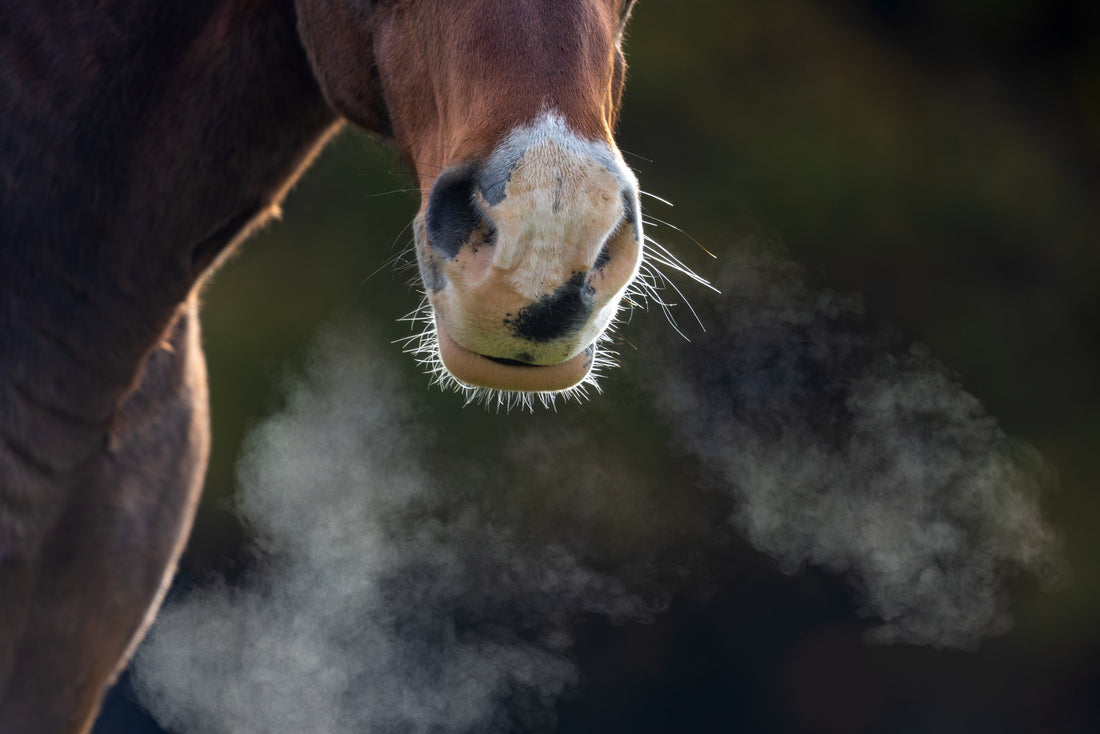
Equine asthma in horses – causes, symptoms and treatment options
Equine Asthma - Is Your Horse Affected?
Does your horse occasionally cough or show difficulty breathing after exercise? Respiratory diseases are among the most common health problems in horses. Equine asthma, in particular, can severely impact your horse's quality of life and performance.
Equine asthma is a disease associated with obstruction of the lower airways. A distinction is made between mild to moderate asthma (formerly known as inflammatory airway disease (IAD)) and severe asthma (formerly known as recurrent airway obstruction (RAO).
Studies show that up to 80% of horses suffer from mild to moderate equine asthma. Overall, younger animals are more likely to be affected.
Only a small proportion of those affected suffer from severe equine asthma. However, these animals sometimes exhibit severe impairments in their quality of life.
Symptoms of equine asthma
The symptoms depend on the severity of the disease and can be difficult to detect if the disease is mild. The animal still appears to be energetic and resilient. There are hardly any noticeable limitations. It has an irregular and weak cough. However, even these symptoms can be indicative and should be examined by a veterinarian.
If the horse is more severely affected, the symptoms are also more pronounced. A chronic cough and bilateral serous to mucopurulent nasal discharge present a serious clinical picture. The horse exhibits labored breathing, particularly in the abdomen, and is severely impaired in performance. Flared nostrils and fearful, wide-open eyes are signs of panic due to the respiratory distress experienced by the patient. In chronic cases, a "steam groove" (hypertrophy of the external oblique abdominal muscles and the rectus abdominis muscles) develops on the sides of the abdomen.

Development of equine asthma
The airways react to a variety of exogenous factors with a type III and IV hypersensitivity reaction. Among other things, mucosal hyperplasia occurs. This results in progressive obstruction of the lower airways. The associated increased mucus secretion further exacerbates the clinical symptoms. A spasmodic constriction of the respiratory muscles reduces airflow.
In the advanced and chronic stages, structural remodeling of the lung tissue also occurs. The collagen fibers in the lungs lose their elasticity. As a result, the lungs can no longer expand sufficiently, and lung function is severely impaired.
The diagnosis – equine asthma
The detailed medical history taken together with the owners is already indicative.
In conjunction with the clinical symptoms and the type of housing and accommodation, a clear picture usually emerges.
For mild symptoms, an additional exercise test may be performed. If the respiratory rate remains high (RR > 14/min) after the heart rate has normalized, respiratory disease is highly likely. The diagnosis can be confirmed using upper respiratory endoscopy and bronchoalveolar lavage, as well as blood tests and imaging (X-rays).
Causes and therapy
The causes are varied and often several causes together are responsible for the outbreak of the disease.
Above all, the way the horses are kept plays a key role.
The dust content in the air, along with other factors such as inadequate air circulation, unfavorable air temperature and humidity, and the presence of harmful gases (ammonia), promote the development of equine asthma. Air quality (contamination with mold, mites, pollen, feed, and bedding particles) also plays a role.
When ammonia is discussed as a harmful gas, the bedding used must inevitably also be considered.
Ammonia is produced in horse stables through the decomposition of urea. It is a colorless gas with a pungent odor and irritates mucous membranes. Optimizing manure management is essential for successful treatment. Manure systems with effective microorganisms that bind the resulting ammonia (e.g., Plocher® intensive rotting aid) are ideal. Combined with low-dust bedding (e.g., forest soil), another factor (air quality) can be positively influenced. Low-dust, high-quality hay also has a positive effect. This significantly reduces the occurrence of mold and mites in the hay and, consequently, in the air.
To further reduce dust, it is recommended to switch to haylage for sick horses or to soak the hay in water for 10 minutes to reduce the respirable particles.
Therapy with medication is to be regarded as purely symptomatic and can only be carried out in addition to posture optimization.
Bronchodilators such as clenbuterol can be used for this purpose. This medication relaxes the smooth muscles of the bronchi and has a mild anti-inflammatory effect. Expectorant medications (Sputolysin®, active ingredient dembrexin) can also provide relief. Corticosteroids are also used in patients with severe dyspnea.
In addition to systemic therapy, inhalation therapy is also possible. Inhalation therapy with, among others, budesonide and salbutamol is recommended in the relevant literature.
However, the advantages and disadvantages of systemic and inhaled therapy must be carefully weighed against each other and discussed with a veterinarian.

The BIOS Horse Blanket as a supporting solution
In addition to optimized posture and targeted therapeutic measures, the BIOS Horse Blanket can provide valuable support for horses with equine asthma. The blanket works with gentle impulses that specifically stimulate the autonomic nervous system. This helps relax the respiratory muscles and bring balance to the entire organism. Through improved circulation and the positive influence on the immune system, it can help relieve congestion in the respiratory tract and support the healing process. It also supports the horse with coughing and can help with cramping attacks by reducing pain.
Horse owners can use the BIOS Horse Blanket as a complementary measure to traditional therapy to reduce stress during seizures, promote lung regeneration, and strengthen the horse's overall resilience. Thanks to the 30-day money-back guarantee, it can be tested risk-free.

Conclusion
Equine asthma is a complex disease that, in severe cases, can significantly impair a horse's quality of life. Optimizing housing is the most important component for successful treatment and long-term stabilization. Because affected horses are particularly sensitive to environmental factors, careful adjustment of housing conditions is essential.
Additionally, supportive measures such as the BIOS Horse Blanket can help relax the respiratory muscles, promote general regeneration, and enhance the horse's well-being. A combination of optimized husbandry, targeted therapies, and innovative technologies can significantly improve the quality of life of affected horses – and with the right preventative measures, serious complications can potentially be prevented.
Sources:
https://www.boehringer-ingelheim.com/at/de/tiergesundheit/haustiere-und-pferde/equines-asthma

